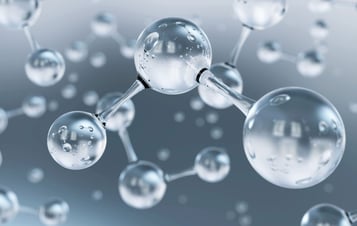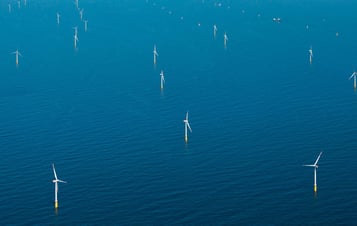Large-scale production of eSAF is an opportunity for the aviation sector
Vattenfall sees great potential to decarbonise industries such as refining and petrochemicals by using fossil-free electricity and hydrogen. For example, Vattenfall is currently collaborating with St1 and Preem on opportunities related to fossil-free fuels.

Together with several partners and in several projects, Vattenfall has investigated the possibility to enable the production of electrofuel for the aviation industry, a form of sustainable aviation fuel (SAF) called eSAF. Feasibility studies have shown the potential role of energy companies and the future of electrofuels, with the eSAF market expected to mature in the 2030s.
Vattenfall has also identified key success factors, such as the level of production costs, a solid regulatory framework and energy efficiency, that will need to be addressed in the future once a long-term market is proven.
The HySkies partnership with Shell, which focused on investigating the conditions for large-scale production of eSAF in the Forsmark region, was paused during 2024, as both Shell and Vattenfall believe that the market will mature later than the initial analyses showed. The related Heat CCU (Carbon Capture and Utilisation) project in Uppsala has also been paused.
More information about this decision can be found here.
Related content

We are developing solutions to decarbonise industry through fossil-free hydrogen.

St1 targets large scale fossil-free aviation fuel production on the Swedish west coast.

Hydrogen gas plant – a step towards fossil freedom with Preem.
